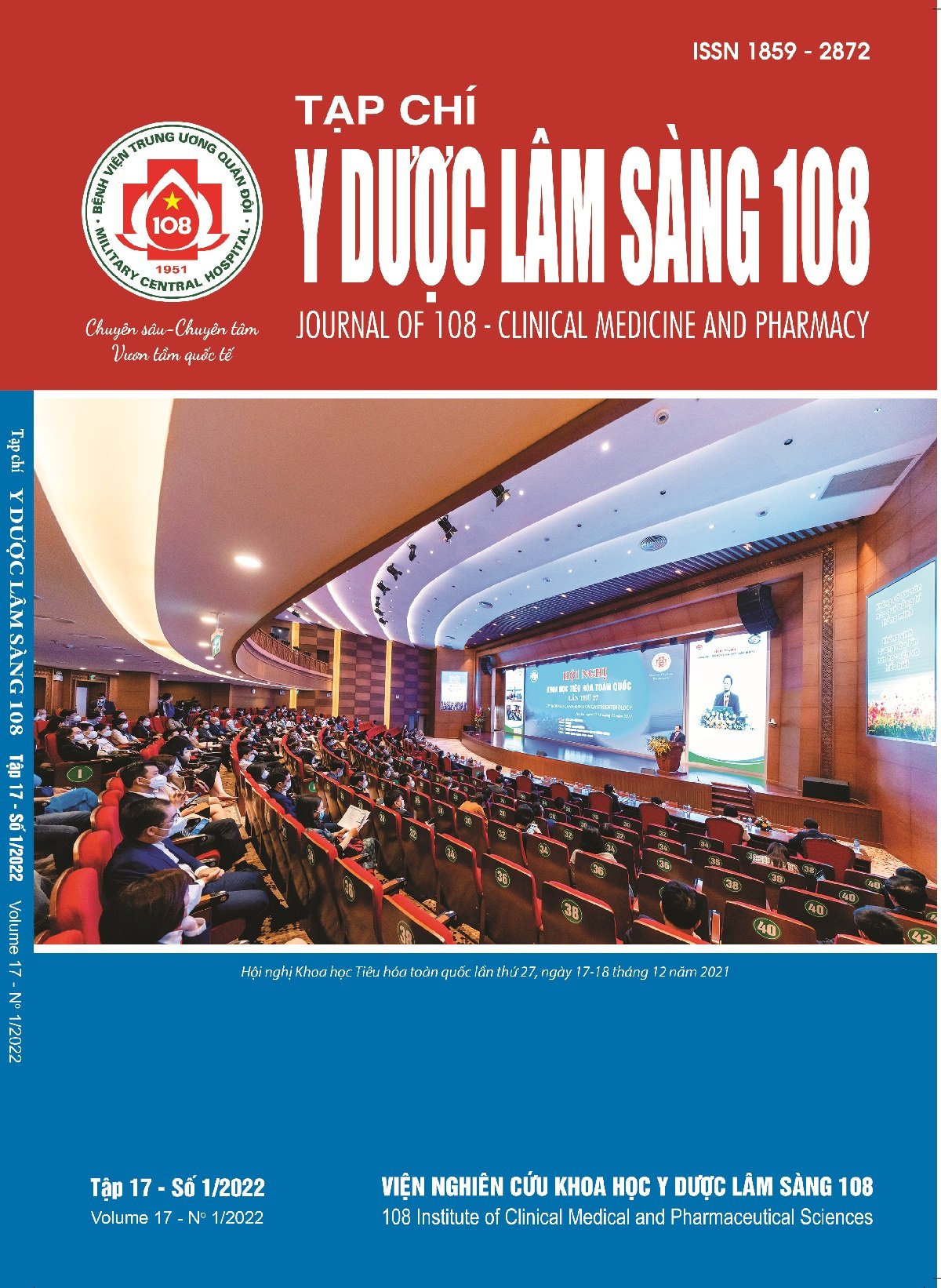The study on the hemodynamic effects of sevoflurane and propofol in cardiac surgery with cardiopulmonary bypass
Main Article Content
Keywords
Abstract
Objective: To evaluate the hemodynamic effects of anesthesia with inhalation of sevoflurane and total intravenous anaesthesia with propofol in patients undergoing cardiac surgery with cardiopulmonary bypass. Subject and method: Fifty-six patients undergoing cardiac surgery with cardiopulmonary bypass were randomly divided into two groups of 28 each. Group S was anesthetized with sevoflurane while group P received total intravenous anesthesia (TIVA) with propofol. Result: Group P had systolic, diastolic and mean blood pressure just before cardiopulmonary bypass, 15 minutes after cardiopulmonary bypass and the end of surgery; central venous oxygen saturation (ScvO2) after aortic unclamping were lower, the rate of using vasopressors and inotropes during and after surgery, the amount of ephedrine using during surgery were higher than group S with p<0.05. Conclusion: General anesthesia with sevoflurane was more hemodynamically stable than total intravenous anesthesia with propofol in patients undergoing cardiac surgery with cardiopulmonary bypass.
Article Details
References
2. Bonanni A, Signori A, Alicino C et al (2020) Volatile anesthetics versus propofol for cardiac surgery with cardiopulmonary bypass: Meta-analysis of randomized trials. Anesthesiology 132: 1429-1446.
3. Jovic M, Stancic A, Nenadic D et al (2012) Mitochondrial molecular basis of sevoflurane and propofol cardioprotection in patients undergoing aortic valve replacement with cardiopulmonary bypass. Cell Physiol Biochem 29(1-2): 131-142.
4. Li F, Yuan Y (2015) Meta-analysis of the cardioprotective effect of sevoflurane versus propofol during cardiac surgery. BMC Anesthesiology 15(128): 1-12.
5. Yang XL, Wang D, Zhang GY et al (2017) Comparison of the myocardial protective effect of sevoflurane versus propofol in patients undergoing heart valve replacement surgery with cardiopulmonary bypass. BMC Anesthesiol 17(1): 1-7.
 ISSN: 1859 - 2872
ISSN: 1859 - 2872
